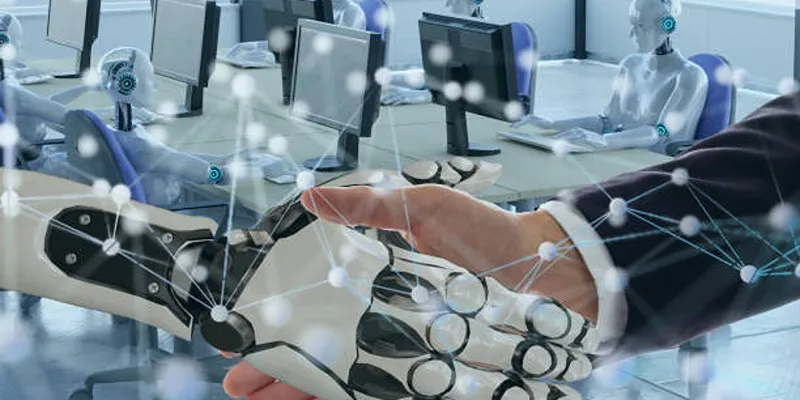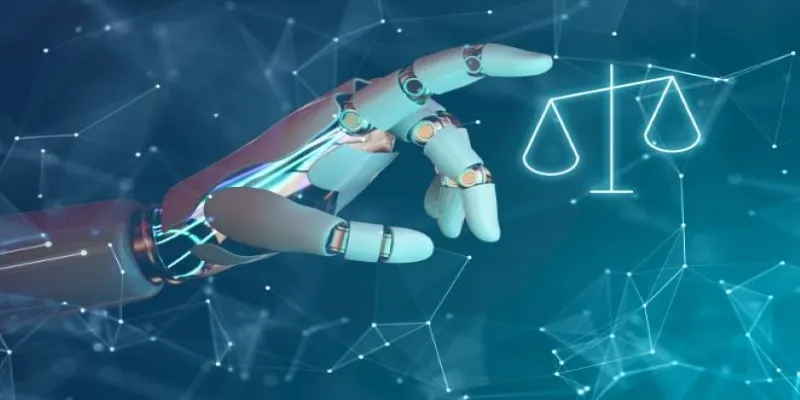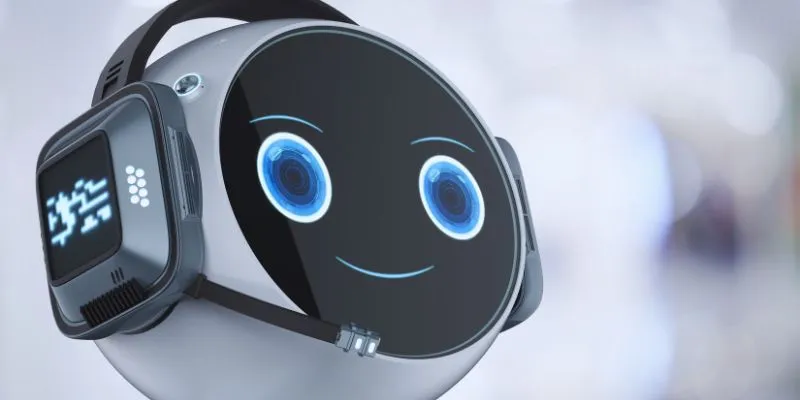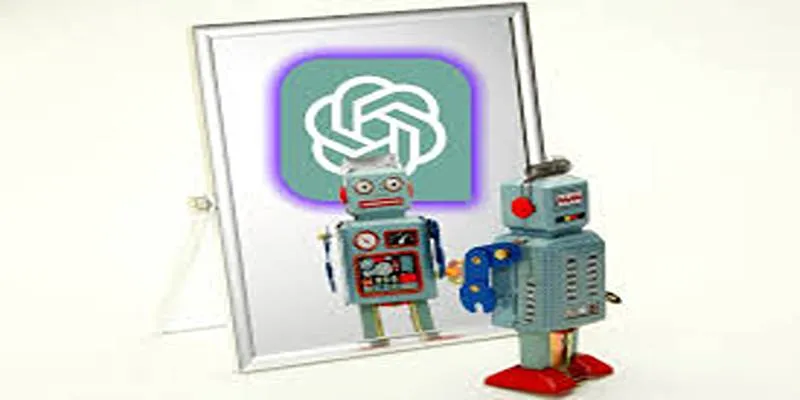Collaborative robots, or cobots, are shaping the future of robotics by enabling seamless human-robot collaboration on production lines. Despite their design for safe interaction, companies remain cautious due to potential risks like accidents and injuries. To gain wider acceptance of cobot technology, enhanced safety measures and clear regulations are essential.
Understanding Collaborative Robots

Collaborative robots are a type of automation technology designed to work directly with humans in shared workspaces. Unlike traditional industrial robots, which often operate behind safety cages, cobots are equipped with advanced sensors, cameras, and AI-driven algorithms to ensure they can interact with humans without posing significant risks.
Cobots excel in performing repetitive or dangerous tasks, such as assembly line work, picking and packing, or quality inspections. Their ability to complement human workers while reducing workload makes them an attractive choice for enterprises aiming to boost productivity.
Benefits of Cobots
- Enhanced productivity: Cobots minimize bottlenecks by automating repetitive tasks, allowing human workers to concentrate on more complex functions.
- Cost savings: There is no need for extensive safety barriers or high-tech operational infrastructure.
- Flexibility: Cobots can perform various tasks and are easy to reprogram for different workflows.
- Improved worker safety: By handling hazardous tasks, cobots reduce the likelihood of workplace injuries.
The Role of Safety in Cobot Deployment
Safety is a defining feature of collaborative robots, yet it remains a key concern preventing full integration by many enterprises.
Unpredictable Human Behavior
While cobots are programmed with safety standards, human behavior in shared workspaces can be unpredictable. Sudden movements, accidental tool slips, or deviations from standard procedures can create safety risks, even with advanced cobots.
Limitations of Current Safety Technology
Though cobots are equipped with sensors and AI, these technologies have limitations. Issues like sensor blind spots, subsystem miscommunication, or technical failures can lead to safety hazards. For instance, if a cobot’s proximity sensor malfunctions, it might inadvertently move too close to a human worker, increasing injury risk.
Lack of Clear Regulations
Regulatory frameworks for cobots are still evolving. Guidelines like ISO 10218 and ISO/TS 15066 lay the groundwork for safety, but industry-wide standardization is lacking, leading to confusion about what constitutes a “safe” collaborative workspace.
Overtrust in Automation
Many enterprises place undue trust in cobots without fully understanding the risks. This overconfidence often results in insufficient safety protocols or inadequate worker training, increasing the potential for accidents.
Workforce Skepticism
Even with robust safety measures, employees may be wary of working alongside robots. A lack of trust in the technology can lead to reduced morale or cautious behaviors that negatively affect workflow efficiency.
Overcoming Safety Challenges in Collaborative Robotics
Despite the challenges, collaborative robots have immense potential to revolutionize industries. Here are steps organizations can take to address safety concerns effectively:
1. Conduct Comprehensive Risk Assessments
Before deploying cobots, enterprises must conduct detailed risk assessments to identify potential safety hazards. These assessments should cover factors such as workspace layout, tasks the cobots will perform, and potential human-robot interactions.
2. Invest in Advanced Safety Features
Enterprises should prioritize cobots with state-of-the-art safety features, such as advanced motion control, force-limiting sensors, and real-time monitoring. Industrial-grade safety mechanisms, like redundancy systems, provide an additional layer of protection.
3. Adhere to Safety Regulations
While regulatory frameworks for cobots are still maturing, organizations should comply with standards like ISO 10218 and ISO/TS 15066 wherever applicable. Consulting experts or partnering with regulatory bodies can help align with best practices in cobot safety.
4. Proactive Maintenance and Monitoring
Regular maintenance is crucial to ensure cobots function efficiently and safely. Enterprises can use AI-driven predictive maintenance systems to monitor cobot performance in real time and address potential issues before escalation.
5. Foster Collaboration Between Humans and Robots
Encouraging a collaborative approach between humans and cobots can enhance workplace efficiency and safety. Achieve this through regular training sessions for workers on interacting with cobots and fostering a culture of open communication and feedback.
Future Outlook for Collaborative Robots

As technology advances, cobots will continue evolving, handling more complex tasks and operating with greater precision. This progression could unlock new opportunities in industries like healthcare, construction, and transportation. Additionally, advancements in artificial intelligence may enhance cobots' adaptability and problem-solving capabilities.
Efforts are ongoing to improve cobot safety features, making them better equipped for working alongside humans. Developments include sensors that detect human presence and react accordingly, as well as sophisticated programming algorithms that predict potential collisions or hazards.
Conclusion
Collaborative robots, or cobots, are revolutionizing the way humans and machines work together, promoting greater efficiency, safety, and innovation across industries. With continuous technological advancements, cobots are becoming progressively smarter, safer, and more reliable partners in the workplace. As they evolve, cobots hold the potential to redefine the future of work, bridging the gap between human ingenuity and robotic precision to create a more productive and harmonious working environment.
 zfn9
zfn9





















